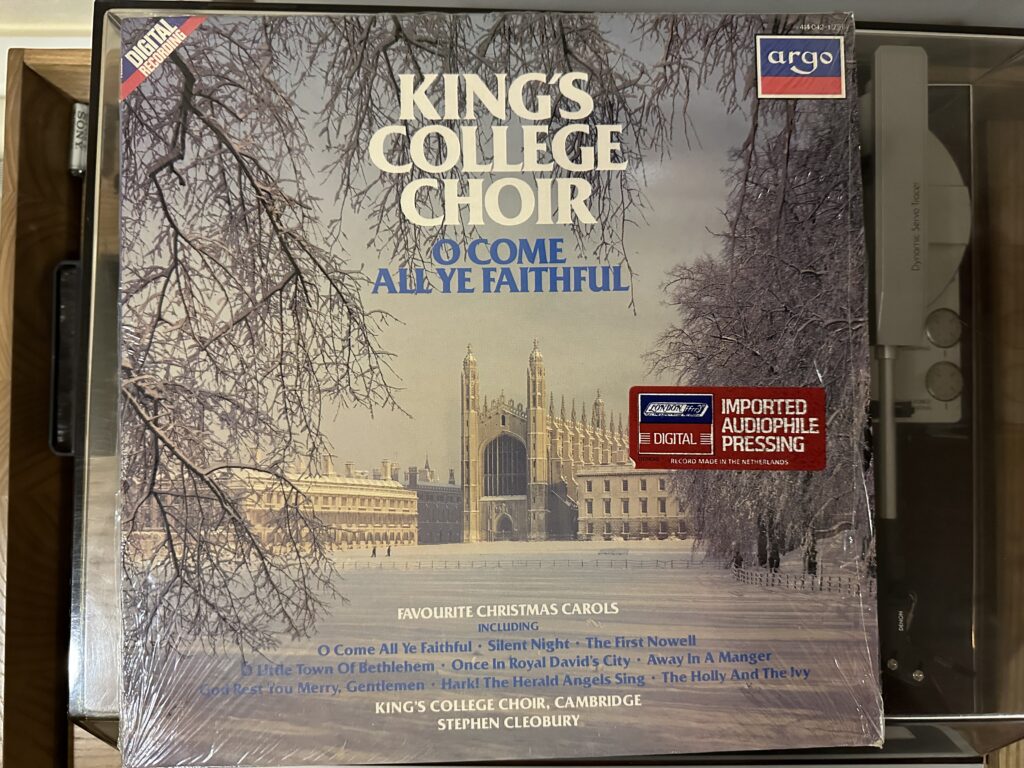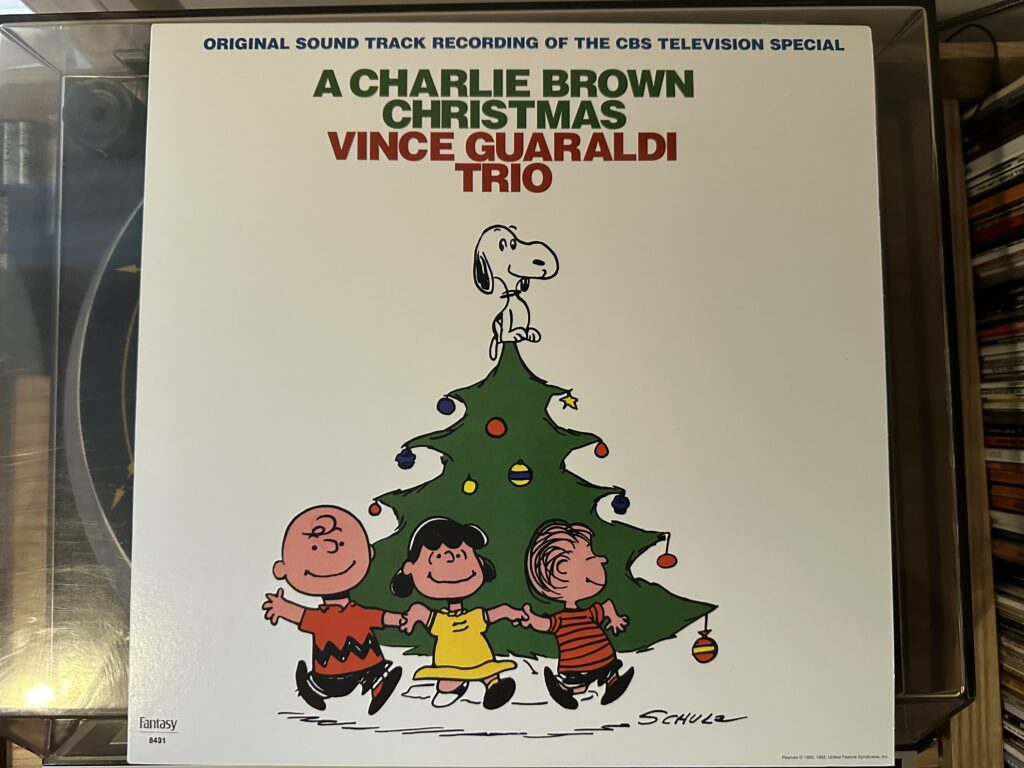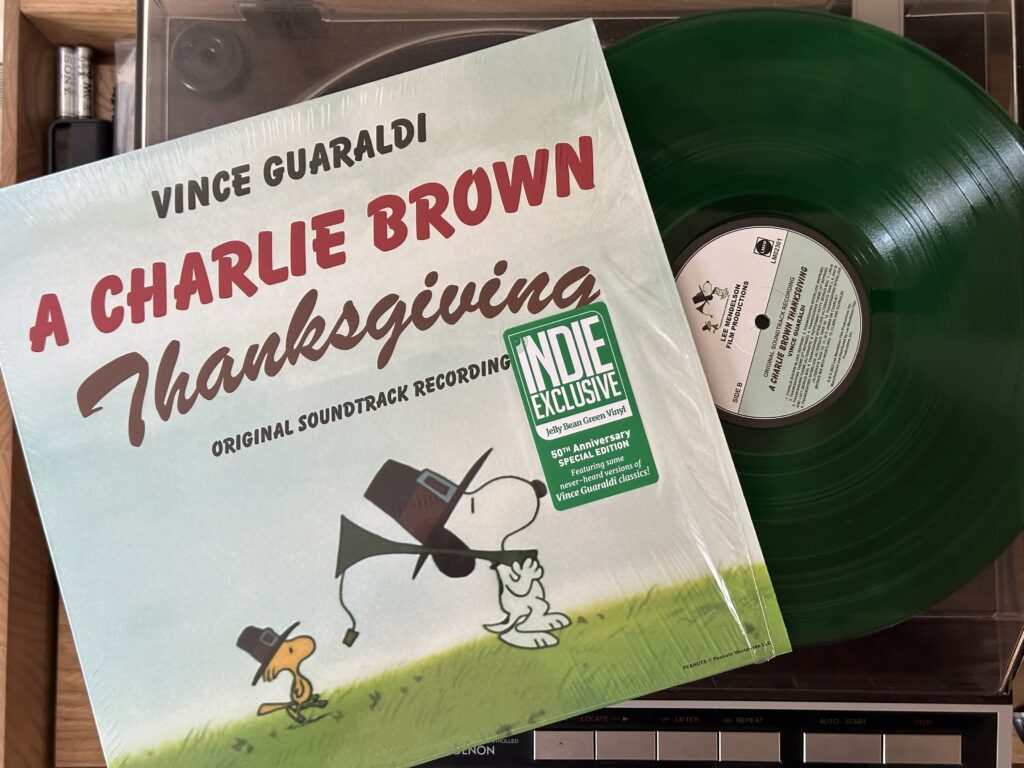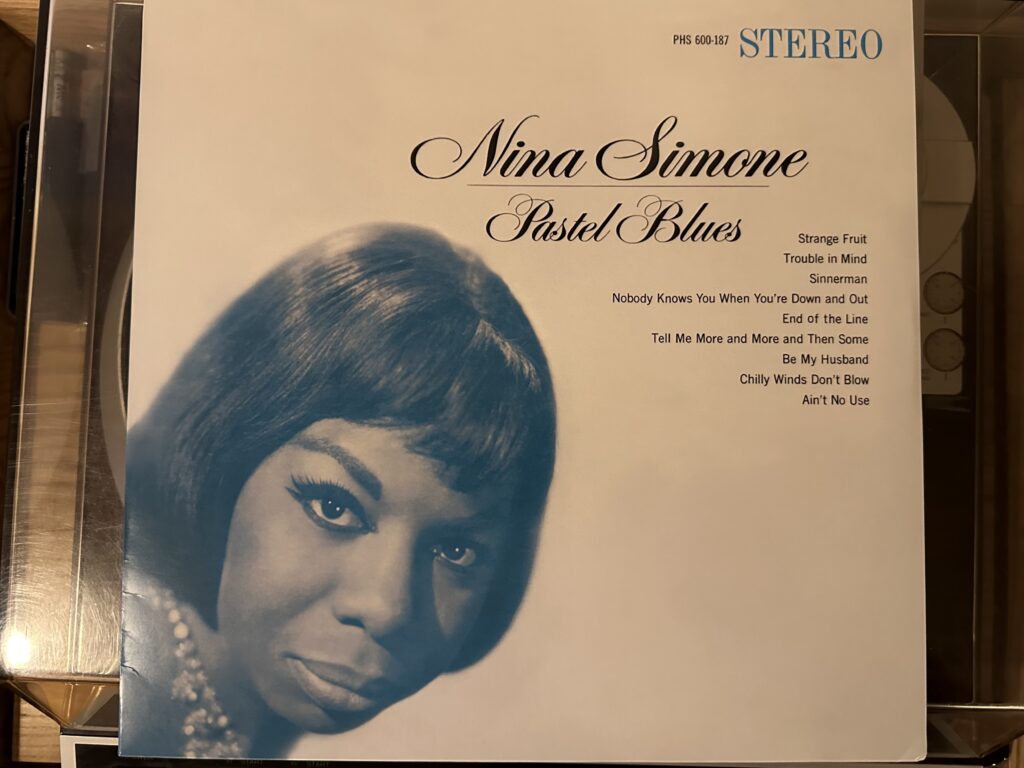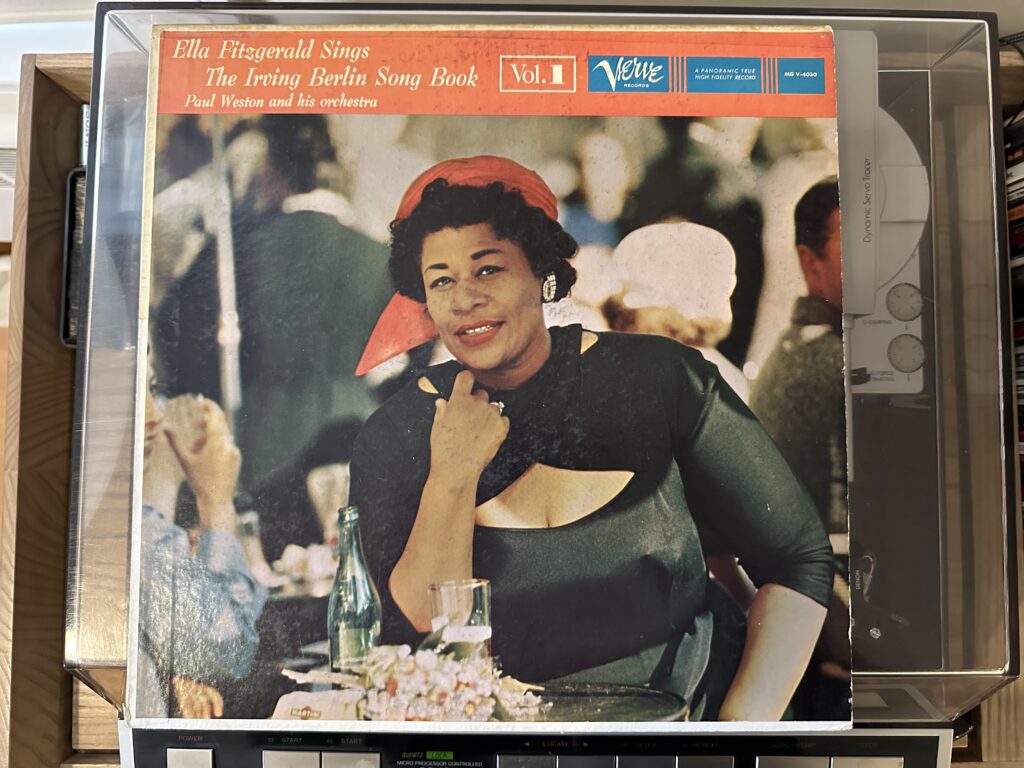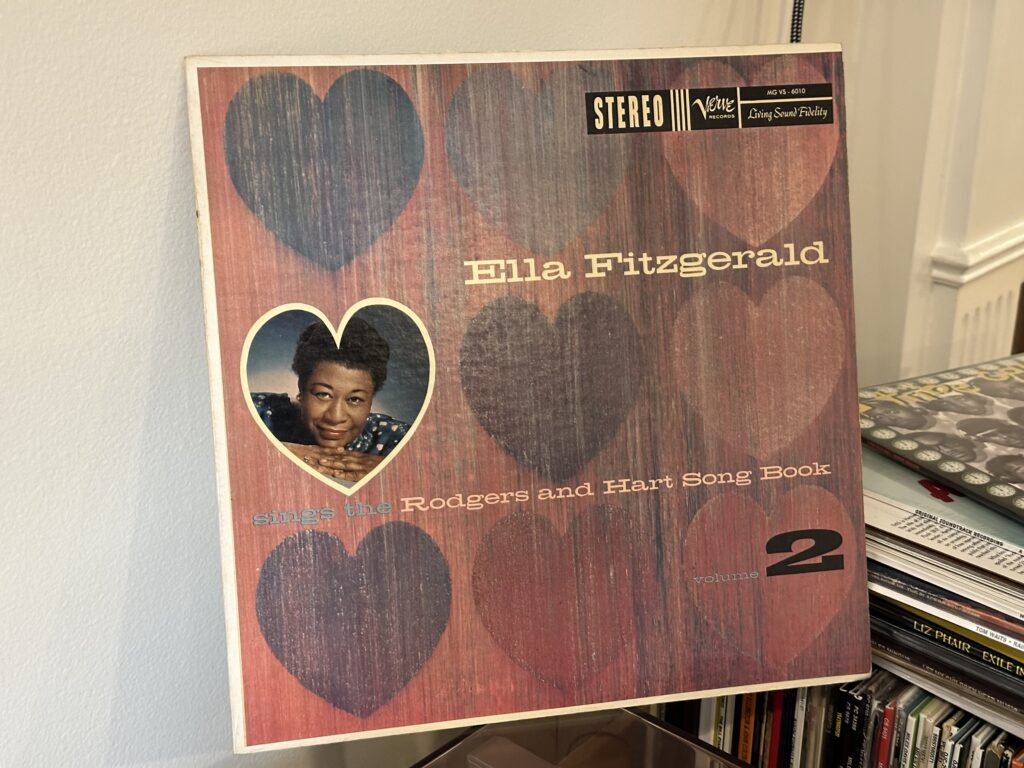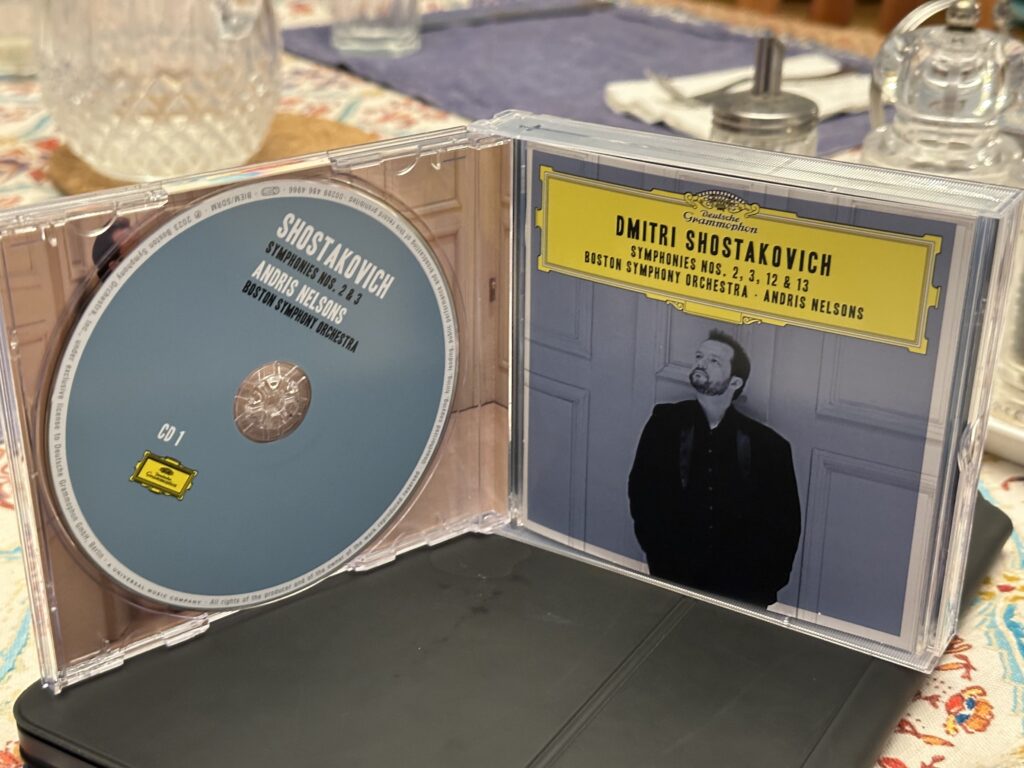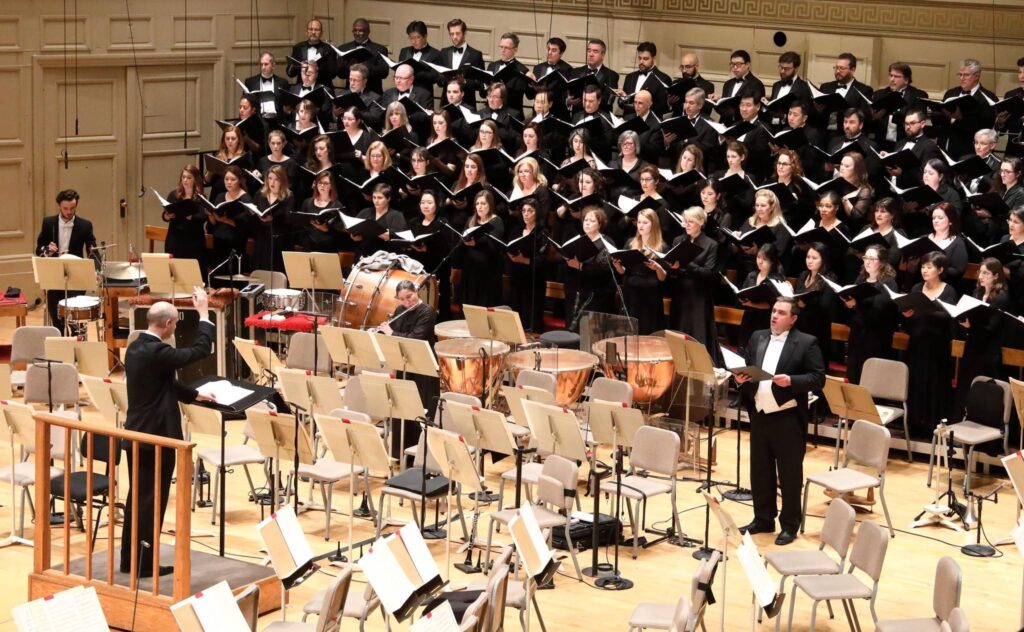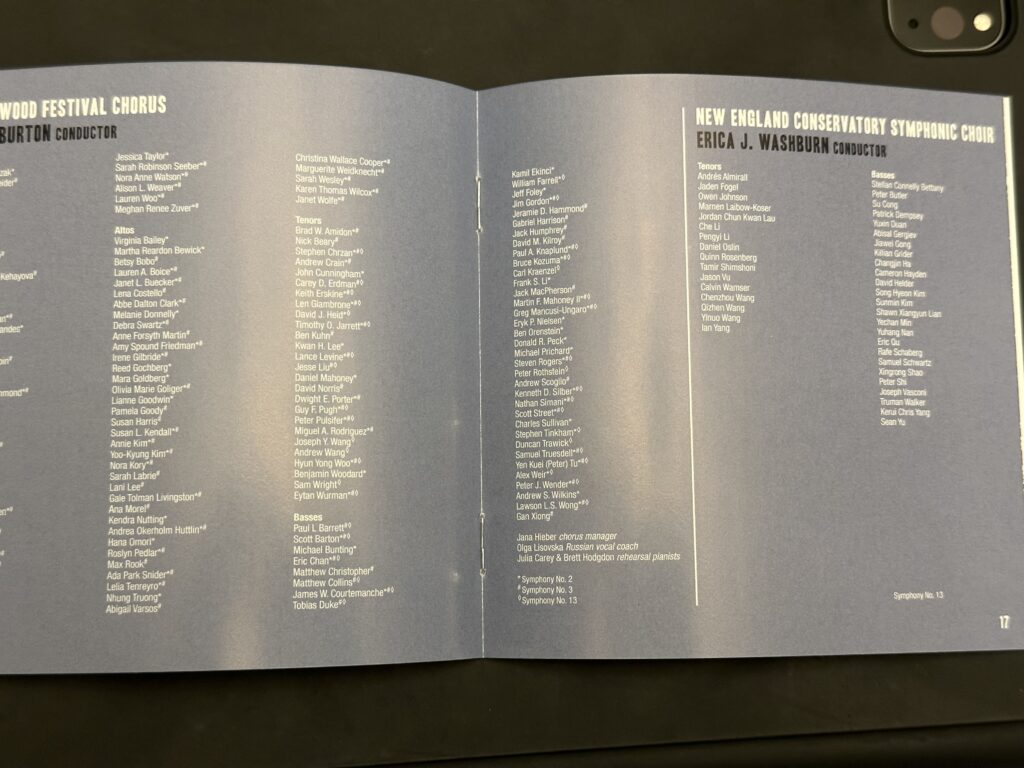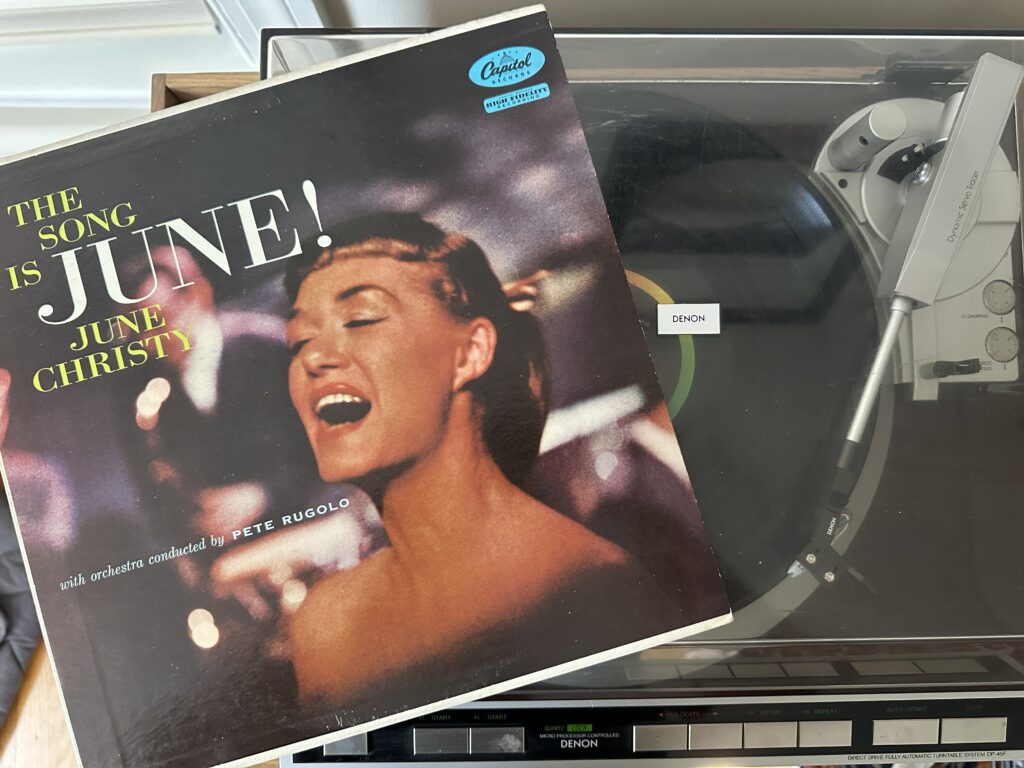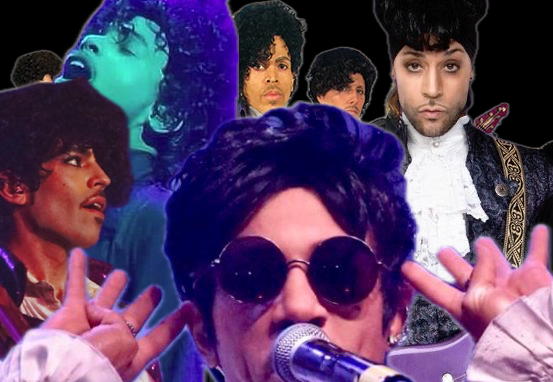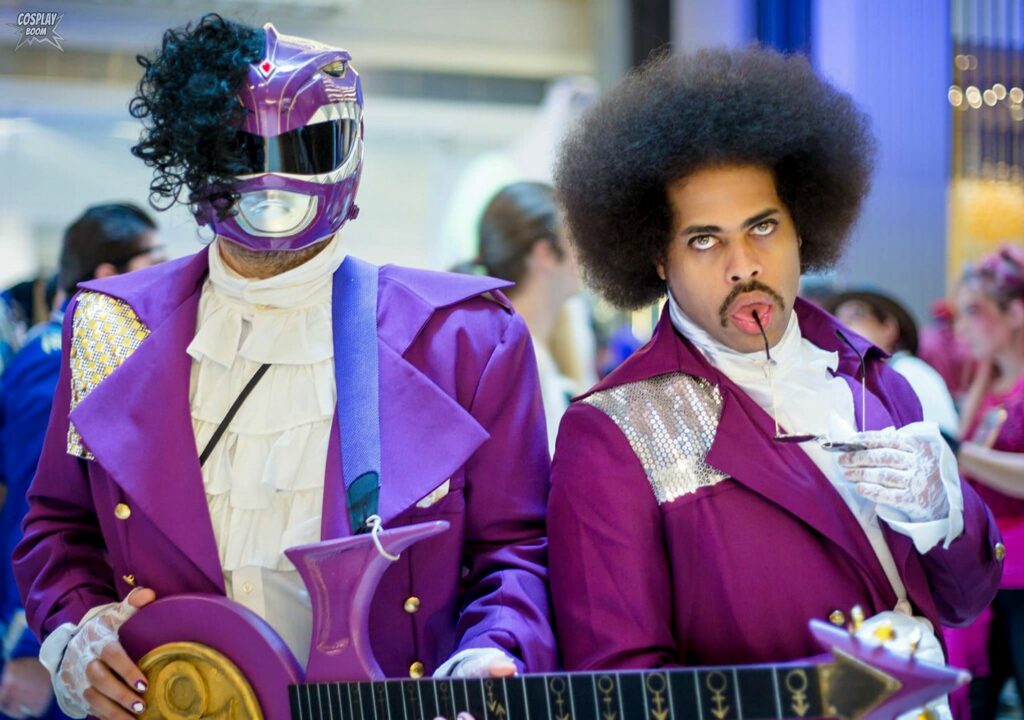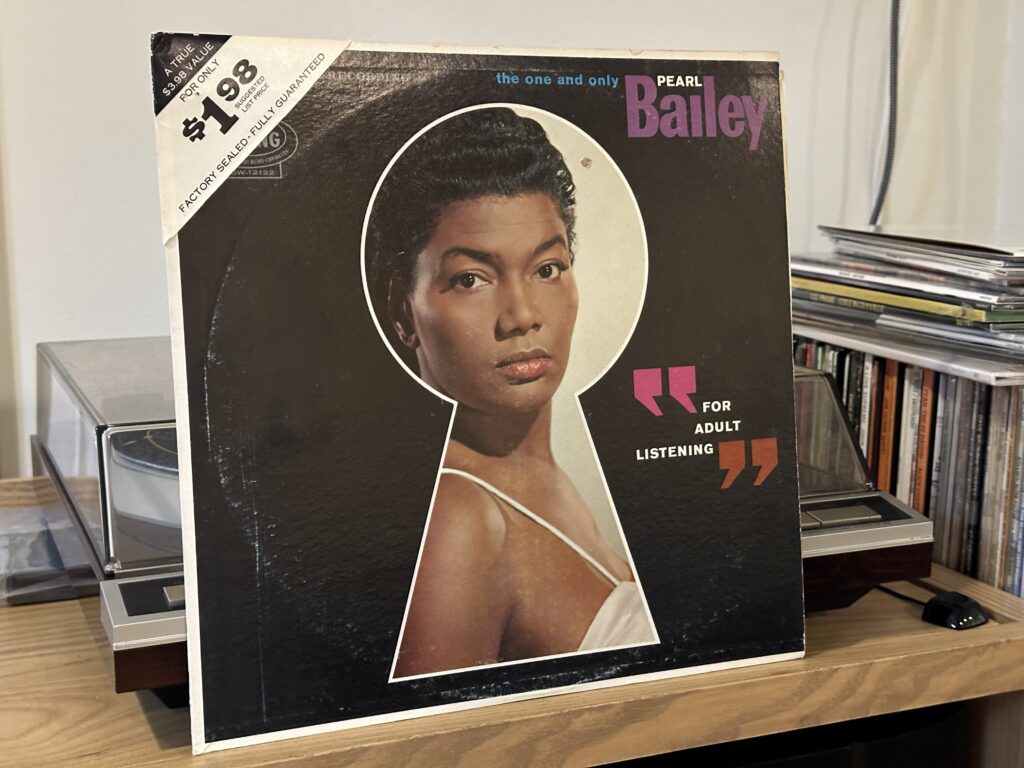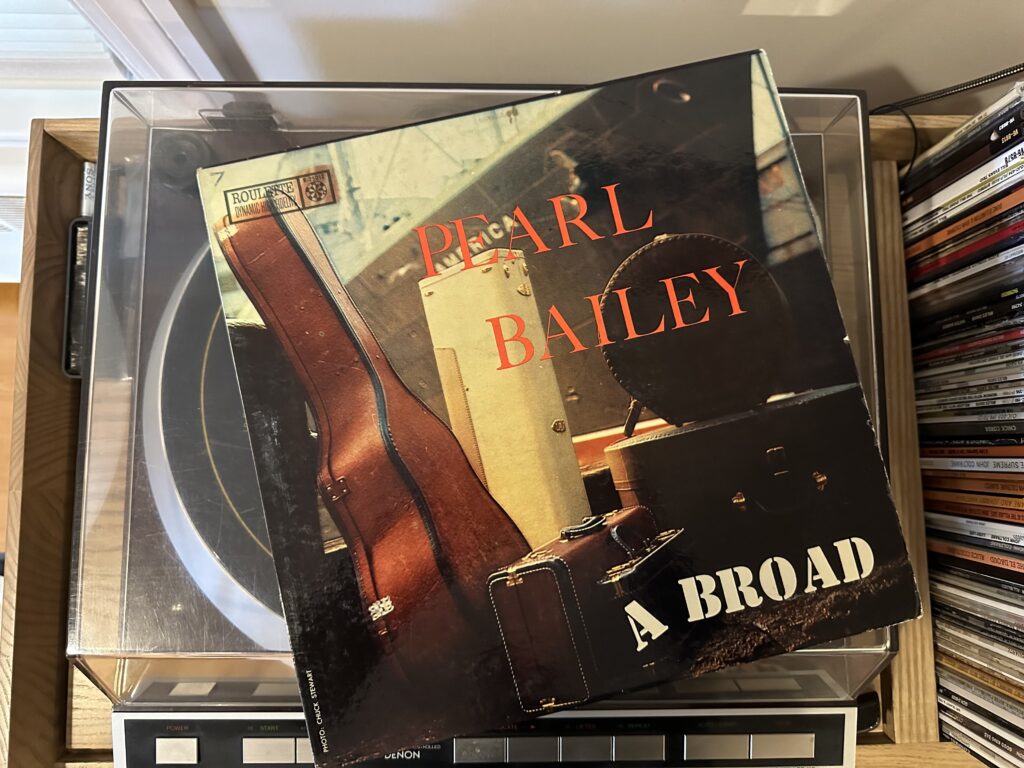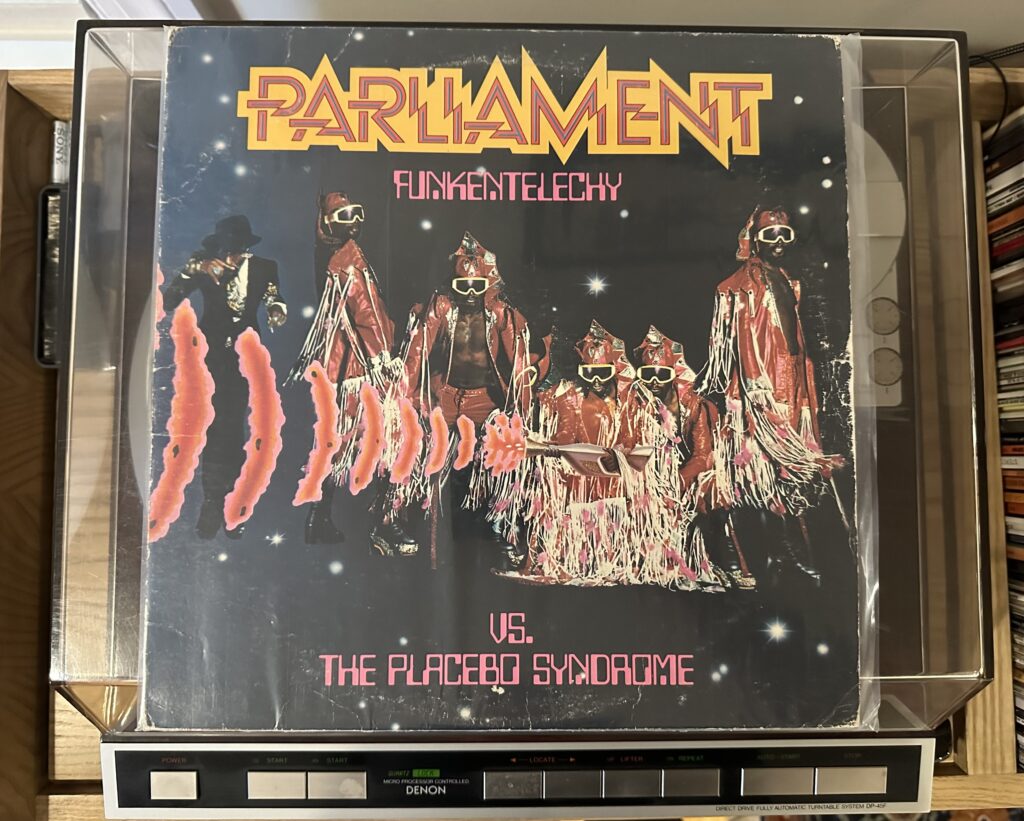
Album of the Week, December 16, 2023
There are some jazz performers who make a career out of breaking boundaries, who record staggering works of genius that don’t connect with the public in their lifetimes but who are celebrated only by a marginally small audience. Ramsey Lewis is not among those performers. A classically trained pianist with populist instincts, he made a career over more than sixty years of recording popular, crowd pleasing jazz influenced by blues, soul, and pop. That’s not to say they weren’t also staggering works of genius in their own right. Case in point: his 1961 holiday album Sound of Christmas, which combines all those influences with the Christmas songbook, in both piano trio and orchestral arrangements.
Ramsey Lewis was born in 1935, half a generation younger than many of the 1960s jazz luminaries we’ve explored in this column, in Chicago to parents who had both migrated from the South. His father was a church choir director, and young Ramsey wanted to follow in his footsteps; when piano lessons were offered to his older sister but not to him, Lewis threw a fit until he was able to take lessons as well. He studied classical piano performance, played in a number of ensembles, and eventually formed his own trio. In October 1961, the trio entered the studio to record their ninth album, and first holiday-themed record. In addition to Lewis, the players included Issac “Red” Holt on drums and Eldee Young on bass, as they had since 1958. In addition to the trio, there was also a string section arranged by Riley Hampton, who was the house bandleader at Chess Records. Hampton had just provided Etta James with the string arrangements behind her career-making smash hit “At Last,” and his skills are on full display on this album… or at least on the second half; the first half is just the trio.
“Merry Christmas, Baby” is a low-key opener. A blues written by Charles Brown and Lou Baxter and recorded by Brown when Baxter needed money for medical care, the lyrics of the song (“Merry Christmas, baby/You sure did treat me nice”) are what distinguish it from any other mid-tempo blues, and they’re not evident in this recording. But the performance here is sprightly and the interaction between Lewis, Holt and Young is electric.
“Winter Wonderland” was written in 1934 by Felix Bernard, with lyrics by Richard Bernhard Smith; originally about a couple’s romance, later lyrics added in 1947 remade the song into a children’s winter fable. Lewis’s version rollicks all over, with help from “Red” Holt’s drumming.
We’ve written about the origins of “Santa Claus is Coming to Town” before, when Bill Evans featured it on Trio 64. Unlike Evans’ brisk romp, Lewis takes the song as a bluesy ballad, lending a late-night feel to the classic Christmas tune.
“The Christmas Blues” should not be confused with the other “Christmas Blues,” written by Sammy Cahn and David Jack Holt. This version is written by the pianist and composer Skitch Henderson, and is a straightforward major blues, introduced by a mean Eldee Young bass solo with jingle bells added for flavor.
“Here Comes Santa Claus” was written by Gene Autry, to a tune composed by Oakley Haldeman. Autry was no stranger to Christmas music, having written “Rudolph, the Red-Nosed Reindeer” in 1939—and he would go on to debut “Frosty the Snowman” in 1950, making him the single most Christmassy cowboy in America. Lewis’s rendition adds a little boogie-woogie and stride to the performance.
Flipping the record over puts us in a different soundscape, with Lewis’ composition “The Sound of Christmas” introduced by Riley Hampton’s string section and the sound of Lewis on the Celeste. But “Red” Holt’s syncopated beat links it with the first side, and the composition is a jaunty little holiday bop, mingling the flavors of traditional Christmas pop music with Lewis’s blues-flavored piano.
We wrote a bit about the origins of “The Christmas Song” a few weeks ago, and this is a more traditional rendition than Guaraldi’s, with the melody played first in the Celeste, then in the violin before Lewis’s piano takes over with some octave-spanning soulful flavor. The Celeste returns at the end to gently play us out.
“God Rest Ye Merry, Gentlemen” is introduced on tubular bells, and then a hard cut into Lewis’s piano and the strings (so hard a cut that it sounds like it might have been an edit rather than part of the original arrangement). Lewis plays a set of blues variations on the ancient melody, bringing in snippets of “My Favorite Things” and a few other standards along the way. The arrangement swings hard, with the strings sounding like they had just come off a Wes Montgomery record.
Lewis’s version of “Sleigh Ride,” by contrast, is pretty straightforward, with the strings doing much of the heavy lifting in recreating the Leroy Anderson composition. Lewis blues some of the chords around the edges a little in his solo but otherwise plays it straight—appropriate since the original number swings pretty hard already.
The record closes with Frank Loesser’s “What Are You Doing New Years’ Eve?,” surely the most lovesick of the traditional holiday songs. As Loesser’s daughter Susan explained, her father intended that the narrator was asking for a commitment many months in advance: “It always annoyed my father when the song was sung during the holidays.” Lewis’s version incorporates jazz ballad style alongside a snippet of “Für Elise” to close out this bluesy, soulful romp through the Christmas songbook.
Lewis would go on to have a long and varied career in jazz, performing with both jazz trio and extended fusion ensembles (which we’ll hear later). Along the way he recorded a sequel to Sounds of Christmas, which we’ll hear another time. Next week we’ll veer back into the traditional lane for a personal favorite of mine.
You can listen to this week’s album here:

